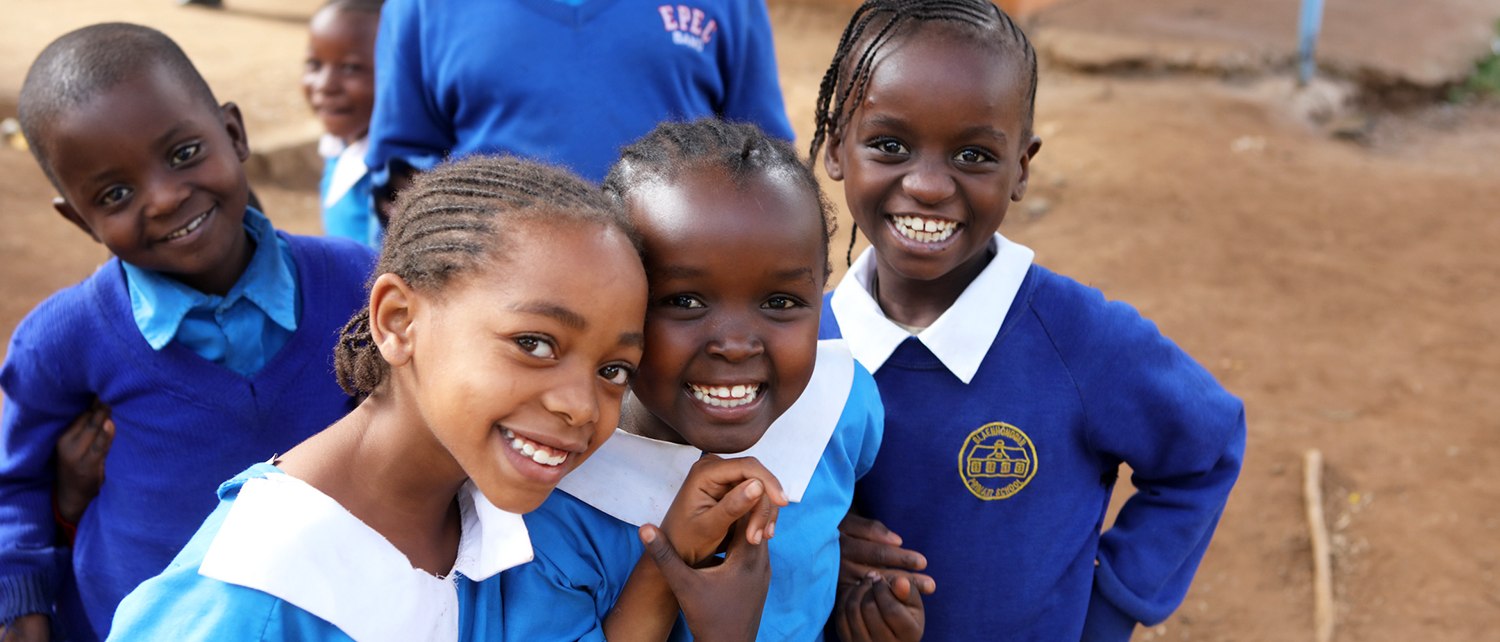NEW YORK (June 18, 2020)—Children represent an estimated 11 percent of all tuberculosis (TB) cases, and about 1.1 million children under the age of 14 are diagnosed each year. Recent advances in multidrug-resistant TB (MDR-TB) treatment must be formulated for children to ensure that effective medicines are easier for caregivers to give and for children to take.
A new report from the Access to Medicine Foundation highlights the burden of MDR-TB on children, and calls for specific reforms to accelerate the rate of pediatric drug research and development. If child-friendly medicines are not available, caregivers and healthcare providers often have to cut or crush multiple, bitter-tasting adult pills or combine incorrectly dosed formulations in an effort to achieve the appropriate doses for children. This makes a long, sometimes 18-month, treatment journey even more difficult for children and their families, contributing to difficulties with adherence, treatment failure and death from the disease.
“Great strides have been made against TB since its resurgence in 2000, led by organisations such as TB Alliance and its partners,” says Jayasree K. Iyer, executive director of the Access to Medicine Foundation. “Although the COVID-19 epidemic is putting progress at risk, the timelines for bringing child-friendly medicines to the families who need them can still be accelerated.”
“No child should die of TB. That’s why we’re working with our partners to expand the pediatric R&D pipeline,” said Mel Spigelman, MD, president and CEO of TB Alliance. “We welcome this new report for highlighting the progress to date and raising awareness of the work that still needs to be done to advance the development and delivery of new child-friendly MDR-TB treatments.”
The Pediatric Pipeline Over the last 50 years, only three new medicines for the treatment of MDR-TB have reached the market. Today, harmonized guidelines on how to effectively treat patients with MDR-TB are limited, including for children. In its report, the Access to Medicine Foundation looks at the most recent novel TB treatments and which pediatric formulations are already available (see table). Treatment for drug-susceptible TB (DS-TB) can now be administered with dispersible tablets in fixed-dose combinations of rifampicin + isoniazid + pyrazinamide and of rifampicin + isoniazid, which have been developed by TB Alliance and marketed by Macleods and Lupin
To date, more than 1 million treatment courses of these new formulations of first-line TB medicine for children have been procured by 116 countries.
Accelerating Access to New Treatments The challenges in treatment for children with TB are compounded when the disease is resistant to first-line medication. TB Alliance is proud to be a part of a comprehensive network of partners to help address these availability gaps in key second-line medicines for children under the BENEFIT Kids Project (Better Evidence and Formulations for Improved MDR-TB Treatment for Children), funded by Unitaid. BENEFIT Kids proposes to enable and support generic manufacturers to develop and commercialize affordable, child-friendly formulations of drugs indicated by the World Health Organization (WHO) as preferred medicines for use in children with DR-TB.
Along with TB Alliance, partners in the BENEFIT Kids Project include Stellenbosch University, UCSF, JHU/BJMC Pune, Uppsala University, De La Salle University Medical Centre, and Chang Mai University.
About TB AllianceTB Alliance is a not-for-profit organization dedicated to finding faster-acting and affordable drug regimens to fight TB. Through innovative science and with partners around the globe, we aim to ensure equitable access to faster, better TB cures that will advance global health and prosperity. TB Alliance operates with support from Australia’s Department of Foreign Affairs and Trade, Bill & Melinda Gates Foundation, Cystic Fibrosis Foundation, European & Developing Countries Clinical Trials Partnership, Germany’s Federal Ministry of Education and Research through KfW, Global Health Innovative Technology Fund, Indonesia Health Fund, Irish Aid, Medical Research Council (United Kingdom), National Institute of Allergy and Infectious Disease, Netherlands Ministry of Foreign Affairs, Rockefeller Foundation, United Kingdom Department for International Development, and the United States Agency for International Development.


